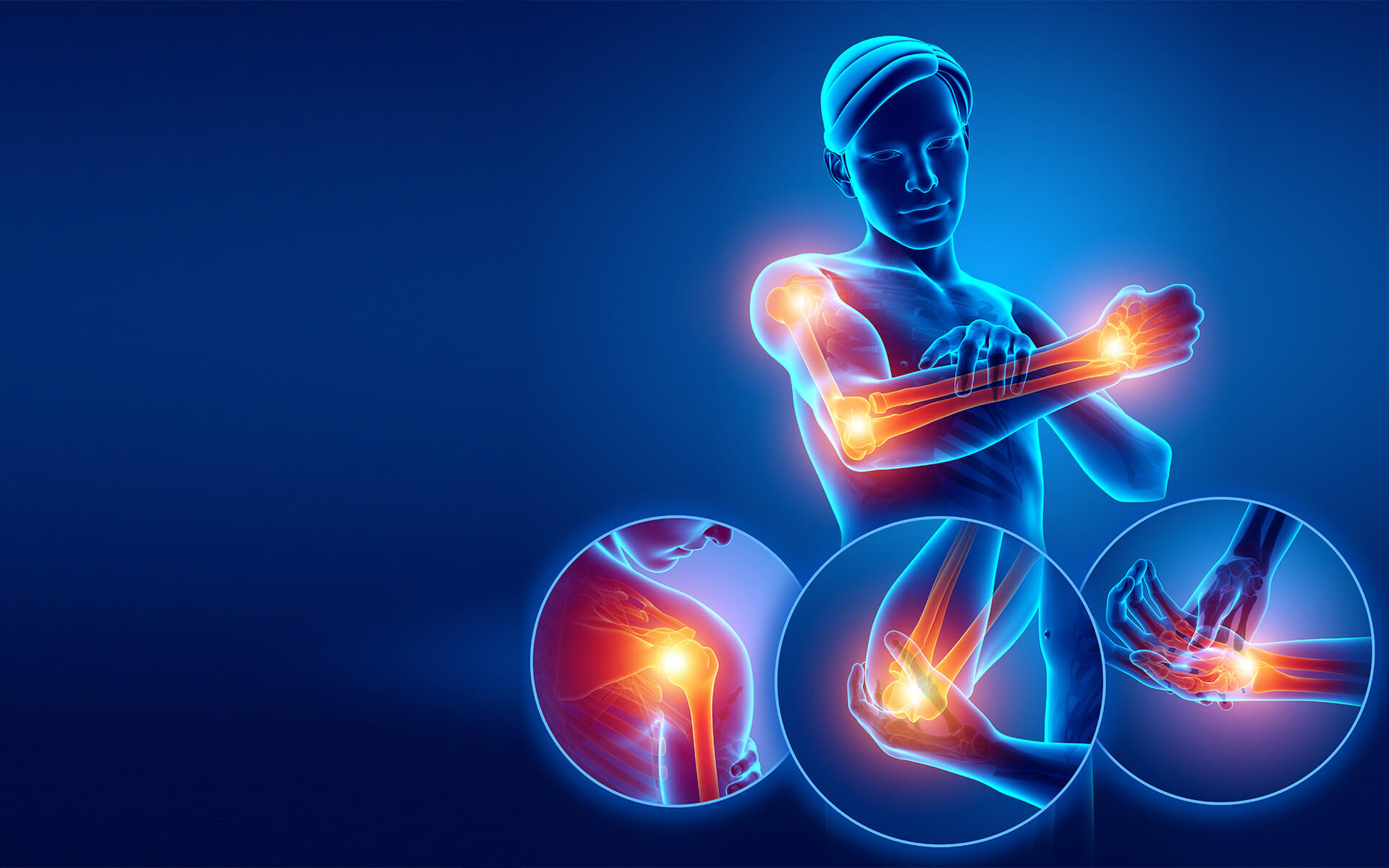Pain can manifest in a variety of different ways throughout the body. Rather than masking your symptoms, our goal is to develop a treatment plan that offers long-term relief. Our Physical Medicine and Rehabilitation Services department specializes in:
Neck Pain
Neck pain can be minor or major, depending on the severity of the symptoms. If you or someone you know experiences neck pain that is accompanied by numbness or weakness in the extremities or shooting pain in the shoulders or arms, contact our office as soon as possible.
Back Pain
While the term “back pain” is used to cover a wide variety of symptoms associated with the spinal region, back pain is often completely treatable with a select few methods or rehabilitation. Some issues with back pain are more severe than others. If you or someone you know is experiencing trouble urinating, weakness, fever, or weight loss in addition to back pain, contact our office as soon as possible.
Joint Pain
Joint pain is extremely common and can be caused by numerous conditions. More serious causes of joint pain include osteoarthritis, rheumatoid arthritis, bursitis, gout, and strains/sprains.
CRPS (Complex Regional Pain Syndrome)
CRPS is a chronic pain that usually affects an arm or a leg. The condition is uncommon, but most diagnoses occur following a traumatic event such as an injury, surgery, a heart attack, or a stroke. Remission is possible in cases where CRPS is caught early.
Myofascial Pain
Myofascial pain is a chronic disorder that applies pressure on the trigger points of an individual’s muscles, causing pain on the muscle itself as well as pain in seemingly unrelated areas of the body. If muscle pain persists or worsens over a long period of time, we can identify the source of the pain and help alleviate symptoms.
Pelvic Pain
There are many known causes for pelvic pain. Among the most common are issues with an individual’s digestive, urinary, or reproductive systems, irritated nerves, and various forms of cancer and other life threatening illnesses.
Neuropathic Pain
Neuropathic pain is pain that results from damage to - or cold compression of - the nerves outside of the spinal cord and brain. Symptoms of neuropathy vary, but commonly involve tingling or numbness in the extremities, dizziness, and fatigue. Neuropathy is extremely common in diabetics. If you or someone you know is experiencing persistent neuropathic pain, make an appointment with a specialist.
Radiculopathy
Radiculopathy (also known as a pinched nerve) is injury or damage to nerve roots in the area where they leave the spine. This can occur in all people and typically follows disc degeneration, herniation, or another sort of trauma. Symptoms include tingling or numbness in feet or hands, weakness in shoulders, neck pain, and a loss of sensation or motor function.
Phantom Limb Pain (PLP)
Phantom limb pain is the sensation of an individual experiencing pain in a limb that is no longer a part of their body. Phantom limb pain often follows a surgical procedure. Treatment for phantom limb pain is complex, however our team of specialists are highly-experienced in addressing these challenging cases.


.webp?width=1920&height=1200&name=pain-management-full-body%20(1).webp)









